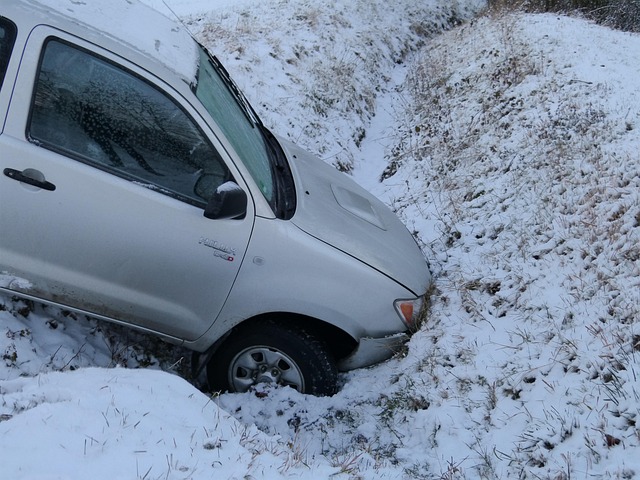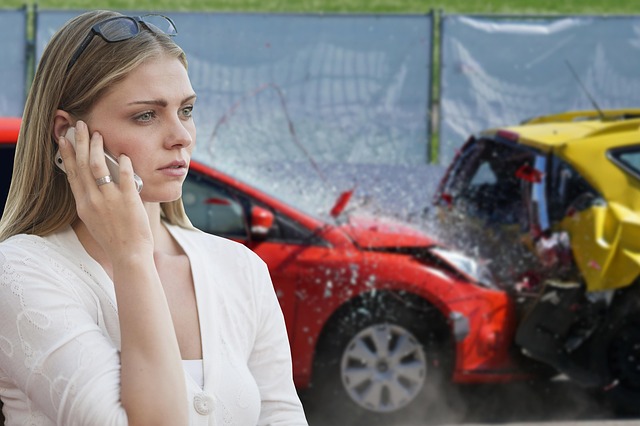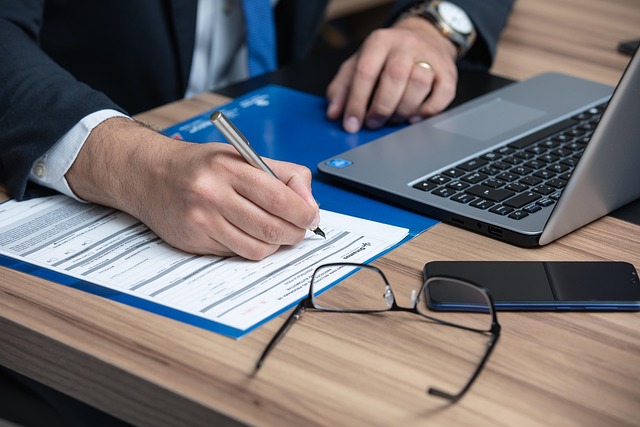Uneven pavement falls pose significant risks, leading to accidents, injuries, and legal liabilities. These incidents result from road surface defects like cracks or potholes, potentially causing minor to severe trauma. Individuals affected may be entitled to compensation through accident settlements, which require proper documentation—including photos, witness statements, and maintenance records—to establish liability and secure justice. In complex legal matters such as nursing home abuse or business litigation, thorough documentation is especially crucial for favorable outcomes.
- Understanding Uneven Pavement Falls and Their Impact
- The Role of Documentation in Pavement Fall Lawsuits
- Effective Documentation Practices for Strong Legal Cases
Understanding Uneven Pavement Falls and Their Impact

Uneven pavement falls are a common cause of accidents and injuries, often leading to serious legal repercussions for property owners or municipalities responsible for maintaining the roads. These incidents occur when there are defects in the road surface, such as cracked or uneven concrete, loose gravel, missing tiles, or potholes, which can cause pedestrians to trip, slip, and fall. The impact of these falls can range from minor bruises and cuts to more severe injuries like fractures, head trauma, or even paralysis.
In the event of a slip and fall accident due to uneven pavement, individuals may be entitled to compensation for their medical expenses, pain and suffering, lost wages, and property damage through accident settlements. Having comprehensive documentation of the incident is crucial for establishing liability and securing legal representation. Photographs of the uneven pavement, detailed descriptions of the fall, witness statements, and any relevant maintenance records can all serve as compelling evidence in slip and fall lawsuits.
The Role of Documentation in Pavement Fall Lawsuits

In pavement fall lawsuits, documentation plays a pivotal role, serving as the cornerstone for constructing a compelling case. When an individual suffers injuries due to an uneven pavement or dangerous condition, thorough documentation can make all the difference in establishing liability and securing justice. It provides concrete evidence that supports the plaintiff’s claim, ensuring their story is not just heeded but also substantiated.
Evidence such as photographs of the hazardous area, medical records detailing the extent of injuries, witness statements, and maintenance records related to the pavement can significantly impact the outcome. This documentation not only helps in navigating complex legal procedures but also serves as a powerful tool during negotiations or trials, especially when dealing with potential issues like nursing home abuse, business litigation, or breach of fiduciary duty.
Effective Documentation Practices for Strong Legal Cases

In the realm of pavement fall lawsuits, effective documentation practices are the crucible that transforms potential cases into strong, compelling legal arguments. The first step is meticulous record-keeping. This involves documenting every detail related to the uneven pavement fall incident, from the date and time of the accident to the exact location and condition of the pavement at the time. Photographs, video footage, and eyewitness statements should be meticulously collected and organized. These visual elements serve as a vibrant tapestry, providing concrete evidence that can withstand legal scrutiny.
Additionally, maintaining comprehensive medical records is paramount. In cases involving injuries, these records detail the extent of harm, treatment received, and ongoing care requirements. For instance, if a truck accident lawyer is involved, these documents are invaluable in quantifying damages and establishing liability. Similarly, in caregiver abuse cases, detailed documentation can underscore the negligence or intentional harm inflicted upon the vulnerable individual. Effective documentation practices not only strengthen legal cases but also ensure that justice is served promptly and indelibly.
In cases involving uneven pavement falls, thorough documentation is the linchpin between a minor mishap and a significant legal victory. By capturing detailed evidence, from initial incident reports to medical records and expert opinions, plaintiffs can construct compelling narratives that hold responsible parties accountable. Effective documentation practices not only strengthen legal arguments but also ensure fairness, promoting safer public spaces and just outcomes for all.






